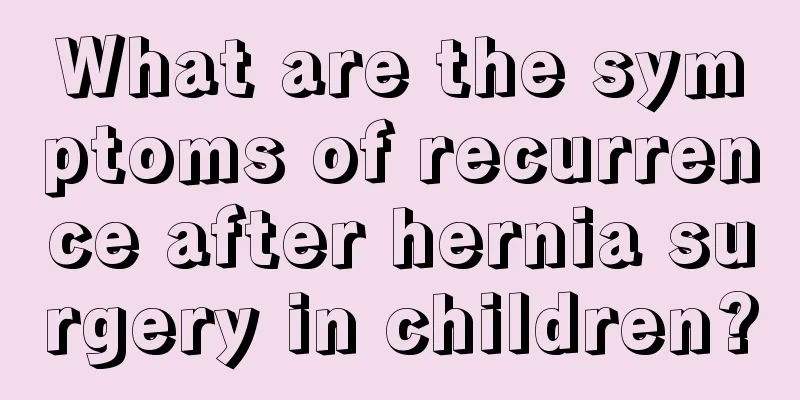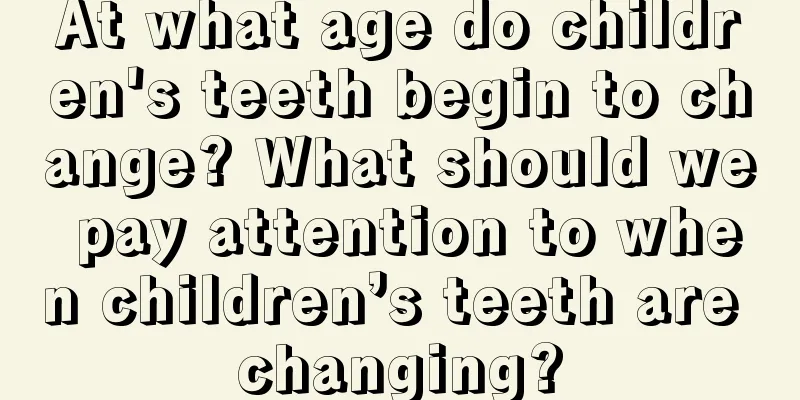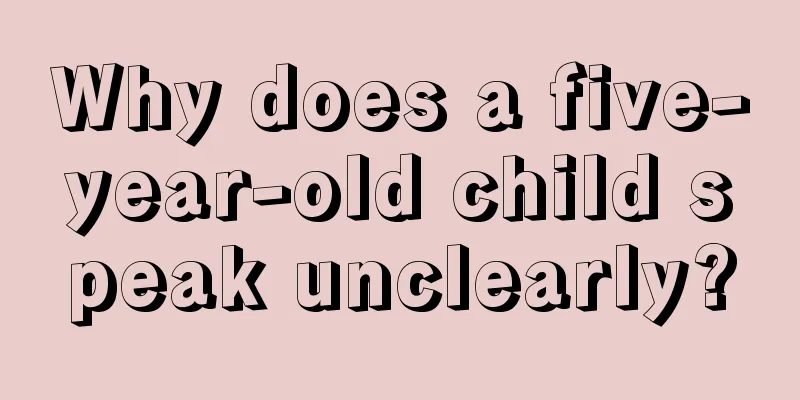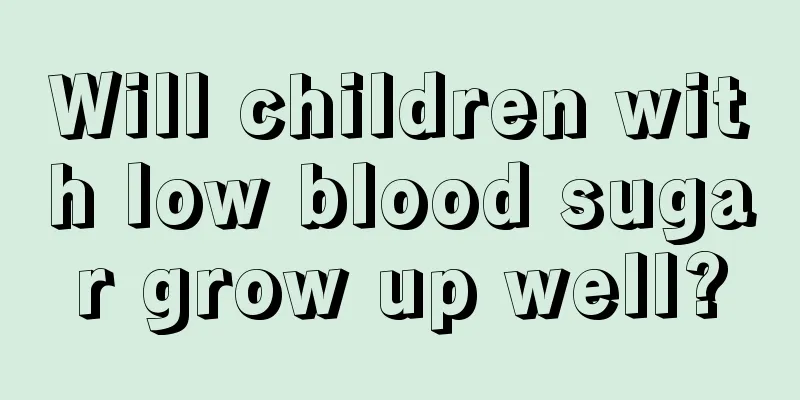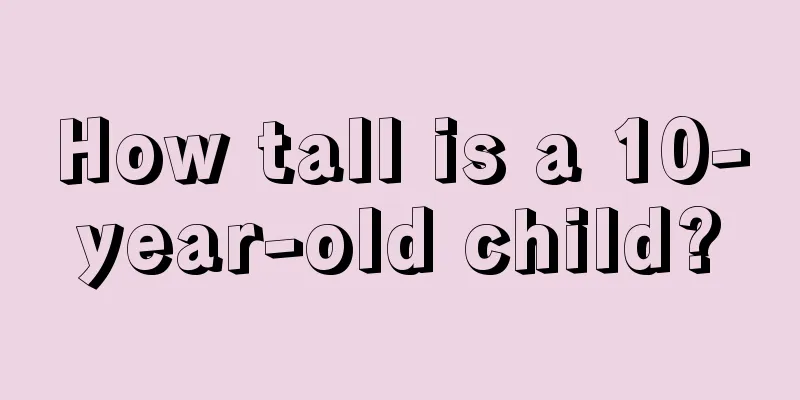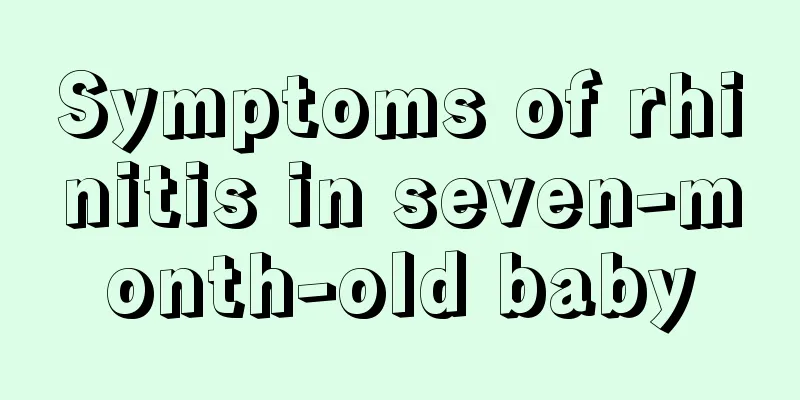The gap between the front teeth of the child is large after the replacement of teeth
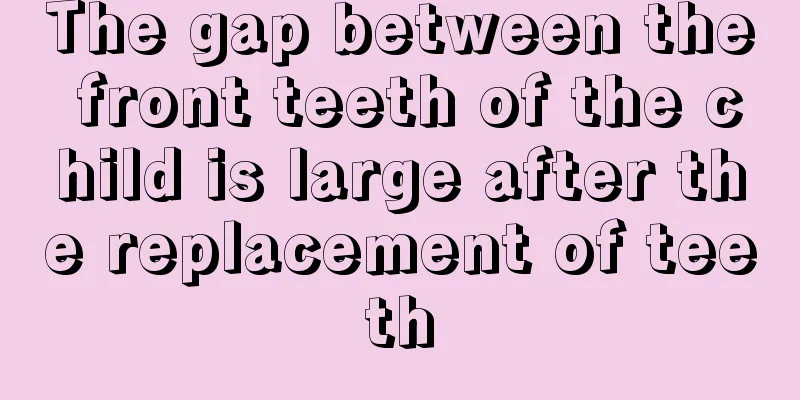
|
Our teeth are neatly arranged one next to the other, but some parents find that after their children's teeth change, there is a big gap between their front teeth. If the teeth are like this at the beginning, they are afraid that all the teeth will become like this in the future. Don't worry if there is a large gap between your child's front teeth after their teeth change. This is a normal physiological phenomenon. As long as there are no other problems, the child's teeth will gradually grow in as the body develops. What to do if the gap is big? What to do if the gap between the front teeth of children is too big During this stage, some parents find that there is a gap between their children's two newly grown upper front teeth, and some are even in the shape of an "eight" shape. They become very worried that their children's front teeth may be damaged, and ask the doctor to perform corrections for their children. In fact, in most cases, no treatment is needed. Since the eruption of permanent teeth has a certain time sequence, the maxillary central incisor (commonly known as the upper front teeth) erupts between the ages of 6 and 9, and the lateral incisor (the tooth next to the front teeth) erupts between the ages of 7 and 11. The middle gap appears in the early stage of the eruption of the upper incisors. Sometimes it is caused by the lateral incisor tooth germ squeezing the upper incisor root during the eruption process. As long as the lateral incisor next to it erupts, the gap will disappear naturally. Some gaps are caused by the permanent incisors leaning towards the labial side when they erupt, which increases the width of the dental arch. However, when the deciduous teeth and permanent teeth alternate, the permanent teeth are generally larger than the deciduous teeth, and the center gap of the incisors can just compensate for the difference. Moreover, when the deciduous molars fall out, the first permanent molars tend to move forward. This trend can gradually close the gap between the incisors. Therefore, the gap between the incisors in children is only temporary and will generally adjust itself during growth and development without the need for correction. Of course, the gap between children's front teeth may also be caused by special reasons such as supernumerary teeth or the upper lip frenulum being too low. After examination and confirmation by the dentist, the problem can be solved by extracting the supernumerary teeth or performing upper lip frenulum repair surgery. If there are still gaps between the baby's front teeth after all the teeth have been replaced, it is necessary to go to a regular medical institution for corrective treatment. There are many possible reasons why children have larger gaps between their front teeth, and the specific reasons should be based on the doctor's examination results. How to take good care of your baby's teeth 1. Control the brushing time It is important to brush your teeth in the morning and evening, but the best time is within 3 minutes after each meal. Because within 3 minutes after a meal, the bacteria in the mouth begin to decompose the acidic substances in food residues, corroding and dissolving the tooth enamel. Brushing your teeth for a longer time or with greater force will not make your teeth cleaner. In fact, this may damage the protective film on the teeth. Brush your teeth for about 2 minutes, using a little force and applying force evenly. Although the plaque will gradually decrease as the brushing time and force increase, more plaque will not be removed if the brushing time exceeds 2 minutes or the force is greater. 2. Love teeth from infancy It is very necessary to protect teeth from infancy and create a good growth environment for teeth. For example, after a baby drinks breast milk, he should rinse his mouth with boiled water, or use gauze dipped in warm water or light salt water to clean the baby's mouth, which can prevent oral inflammation. After the baby's first tooth erupts, the mother can wipe the gums with gauze dipped in water. At the same time, you can use a fingertip toothbrush to brush your baby's teeth. This not only cleans the teeth, but also gently massages the gums. |
<<: What to do if a child's front teeth grow crooked
>>: What to do if your child's front teeth are too big
Recommend
What is the cause of the red pimples on the baby's arms?
Children are the core of the entire family. Many ...
What to do if a newborn baby has white spots on his nose
Many newborns have small white spots on the tip o...
What are the key points of postpartum baby care
A few days after the baby is born, it is time to ...
Is it really good for babies to swim every day?
When summer comes, parents like to take their bab...
The newborn's belly button has not fallen off for more than 20 days
We all know that when the baby is in the mother&#...
What should I do if my child gets rash?
Children have wind bags on their bodies, which ar...
What to do if your two-year-old baby has stomach pain
Baby stomachache is a common symptom for many par...
What to do if baby has fat particles
I believe everyone knows what fat granules are. T...
What is the reason for daydreaming in class?
The reason why some children have excellent acade...
What to do if your child doesn't take medicine for a cold
When a baby has a cold, he will cry non-stop beca...
Diet therapy for one-year-old baby's nose bleeding
Since babies around one year old are still young,...
What is the most suitable temperature for babies to drink water?
After the baby is born, many mothers are in a pan...
Newborn baby's body is red
Although some people have not given birth to chil...
How to tell if a baby has dull eyes
We all know that the healthy growth of babies con...
Why does a 3-year-old baby have a stuffy nose?
What should I do if my 3-year-old baby has a stuf...
